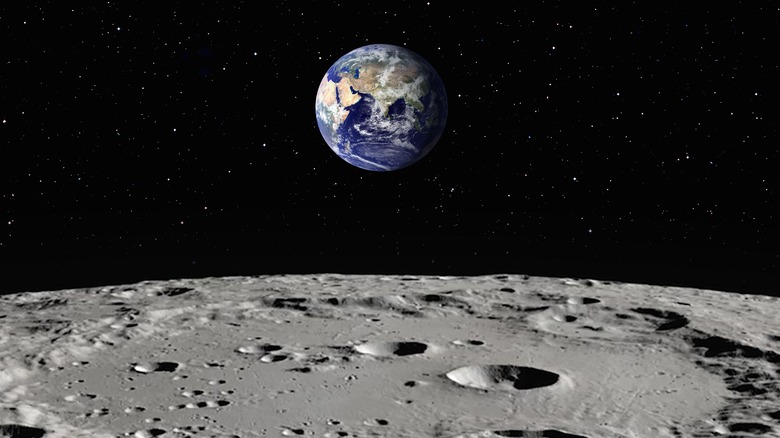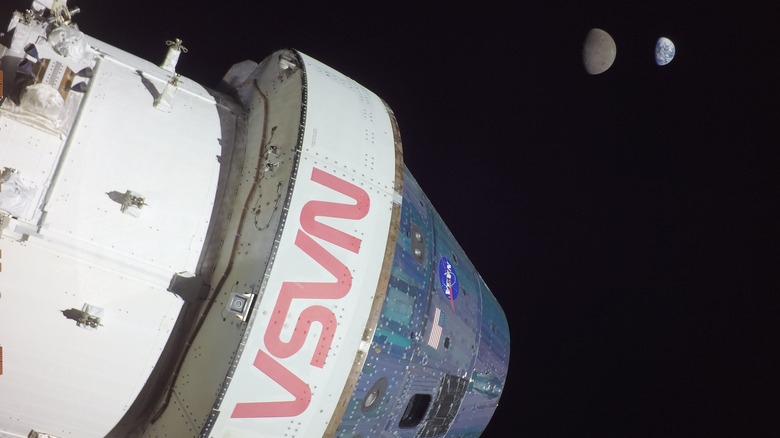NASA's Orion Capsule Returns To Earth After Traveling 1.4 Million Miles
NASA's Orion spacecraft has made a safe splashdown in the Pacific Ocean, marking the successful completion of the Artemis I flight test mission. The vehicle touched the ocean's surface west of Baja California at 9:40 a.m. PST earlier today. In a journey that saw it cover a distance of 1.4 million miles, Orion also broke the record for traveling the furthest distance away from Earth as it prepared to return following one last lunar flyby during which it clicked some stunning images of the moon.
NASA Administrator Bill Nelson said in a NASA statement that "this flight test is a major step forward in the Artemis Generation of lunar exploration." Before making its risky entry into the Earth's atmosphere, the crew module separated from the propulsion system. Re-entries are always a critical moment of stress, as they test a space-faring vehicle's endurance at handling extreme velocity and high temperatures. In the case of the Orion spacecraft, it was moving at a peak speed of around 25,000 miles per hour during its descent and then decelerated all the way down to 20 miles per hour, deploying the parachutes before it touched the ocean's surface.
Artemis I mission manager Mike Sarafin remarked that Orion exceeded expectations, proving that it can endure extreme thermal stress and high speeds while returning from a space mission. Engineers will be performing a handful of tests while the Orion spacecraft is still in the water before a recovery team aboard the USS Portland takes over.
Crewed missions are next for Orion
NASA's team will soon take Orion back to Kennedy where experts will take out payloads inside the capsule for analysis. Notably, the passenger cabin had three instrumented mannequins strapped into the seats. The manikin occupying the pilot seat is fitted with radiation sensors and dons the first-gen Orion Crew Survival System space suit. This is the same suit that astronauts will be wearing for upcoming Artemis projects.
Splashdown.
After traveling 1.4 million miles through space, orbiting the Moon, and collecting data that will prepare us to send astronauts on future #Artemis missions, the @NASA_Orion spacecraft is home. pic.twitter.com/ORxCtGa9v7
— NASA (@NASA) December 11, 2022
In addition to the "moonikin," the Orion also carried a few science experiments into space. NASA's team will also assess the thermal endurance of Orion's heat shields in the coming months. During its remarkable journey around the moon, Orion actually broke a few records. It set a new record for flying the farthest from planet Earth and also stayed in space for the longest duration without docking with the Space Station compared to any crew-grade spacecraft so far.
Notably, Orion's return also marks the 50th anniversary of Apollo 17 making its historic landing on the moon. Orion is now tasked with subsequent crewed Artemis missions that will mark mankind's return to Earth's natural satellite, and also put the first woman on the moon in the coming years. The manned Artemis II mission has a tentative schedule for 2024, while crew members will be announced early next year. This mission will fly a crew around the moon, while the Artemis III mission in 2025 will put astronauts on the lunar surface.

